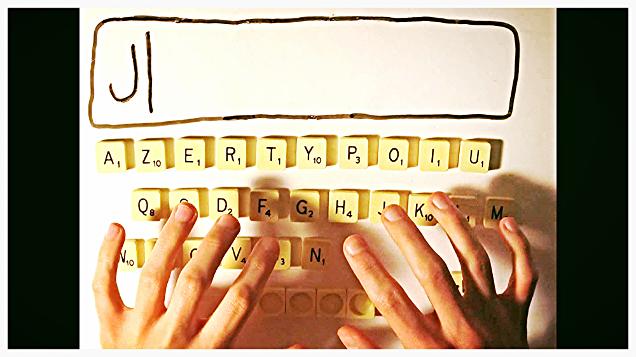
Informal Insights
Teacher Thoughts
Why do you think it is important for individuals to think critically when using technology?
"Moving people to the understanding that technology is really about creation is always my goal. Programming their own game, planning, writing, filming and editing their own movie to tell their own story to share with others, recording their own music and mixing their own digital loops is much more powerful than consuming the ideas of others. Technology can be the most powerful way to give students a voice."-Technology Teacher
Do you think people (teachers, students, and administration) are resistant to the idea of using technology devices beyond an iPad, iPod, or computer? Why do you think they would or would not be?
"I think meeting each teacher where they’re at with their technology experience is important, and the focus is to move them forward with more meaningful technology use. It involves being willing to take risks, willing to make mistakes and the desire to transform the learning of students. It takes a growth mindset for the teacher."-Technology Teacher
What types of critical thinking skills and technology integration have you used?
"Students plan, collaborate, and create projects that have a purpose. The end result is not a product, but rather learning through a process. Students continue to grow and develop technology skills that build upon themselves at each grade level. An example of a recent 2nd grade project was having 2nd graders build sight word games for kindergarten students to play. The process was more important than the end product - but in the end the products were pretty impressive as well."-Technology Teacher
Student Thoughts
Is technology important for learning?
"If you abuse the time you have on technology the real world can pass you by."-Student
"Technology is very great, but it is very important to not be on it constantly."-Student
"It is important to use technology in order to communicate with others."-Student
What do you think it means to "think outside the box" with technology or what have you created with technology that you felt was "thinking outside of the box"?
"When we play games with robots, because you have to create your lines and a path for the robots to travel on."-Student
"When creating new things as a group you learn how to communicate with others and work as a team."-Student
"I think "thinking outside the box" with technology could be programming software, creating life changing websites, and being an online inventor." -Student

Formal Insights
"When students use technology as a tool for completing complex, authentic projects that ask them to solve genuine problems and answer real questions, technology reaches its most powerful instructional potential."
"Such a framework can change the question from Should I use technology in teaching? to How can I use technology to improve the educational experience of my students? It can lead to better budgeting, more effective staff development planning, and an understanding by teachers and administrators of all the roles technology can play in helping make our schools more effective."
Johnson, Doug. The Classroom Teacher's Technology Survival Guide, edited by Doug Johnson, John Wiley & Sons, Incorporated, 2012. ProQuest Ebook Central.
"After billions of pounds of investment, endless evaluation and reams of policy documents it seems that the precise role of technology in schools remains unclear."
"The potential power of digital technologies lies in the personal use of devices to access and create content as well as connecting to other learners as and when appropriate."
McFarlane, Angela. Authentic Learning for the Digital Generation, edited by Angela McFarlane, Taylor and Francis, 2014. ProQuest Ebook Central, .
"21st century skills is one of the most ubiquitous terms in today's education debates. Proponents point to a new workforce reality that demands a next generation of college students and workers who are independent thinkers, problem solvers, and decision makers."
Silva, Elena. "Measuring skills for 21st-century learning." Phi Delta Kappan90.9 (2009): 630-634.
"The value of authentic activity is not constrained to learning in real-life locations and practice, but that the benefits of authentic activity can be realized through careful design of Web-based learning environments."
Herrington, J., Reeves, T., Oliver R., & Woo, Y. (2002). Designing authentic activities for Web-based courses. In G. Richards (Ed.), Proceedings of World Conference on E-Learning in Corporate, Government, Healthcare, and Higher Education 2001, (pp. 18–27). Chesapeake, VA: AACE.
"Digital and visual literacies are the next wave of communication specialization wherein the majority of people have technologies at the tip of their fingers to not only communicate, but to create, to manipulate, to design, to self-actualize."
Jones, Barbara, and Suzanne L. Flannigan. "Connecting the digital dots: Literacy of the 21st century." Educause Quarterly 29.2 (2006): 8-10.
"At it's best, technology allows us to make new connections and share new ideas. It also allows us to test theories, bend the rules, see the results, react and modify. We can use it to connect and collaborate and to see what else is possible. It will help our next generation brainstorm and carry out 'next steps.' Those who are nimble, flexible, open-minded and creative will have the edge in the future."
Reynolds, P. H. (2008). Six Essentials to Foster Creativity and Innovation in the Classroom. District Administration, 44(7), 28-29.